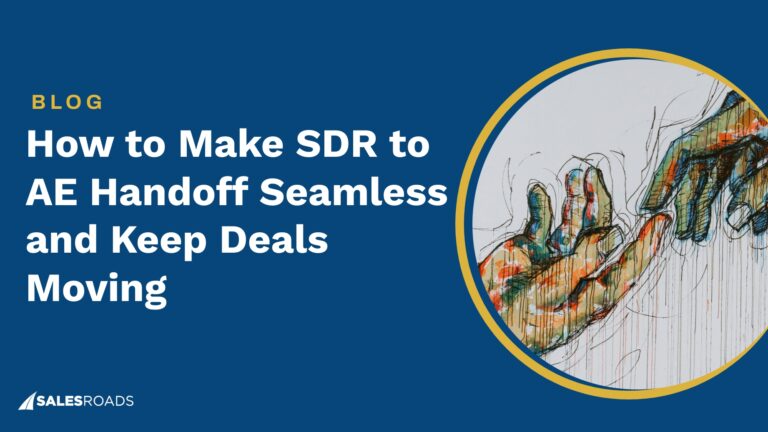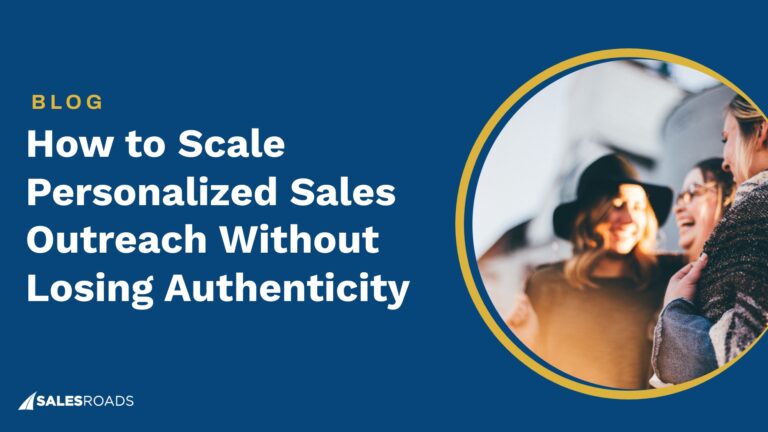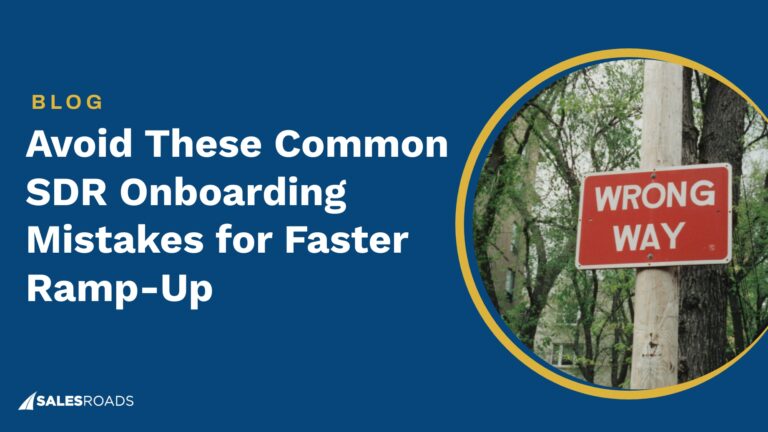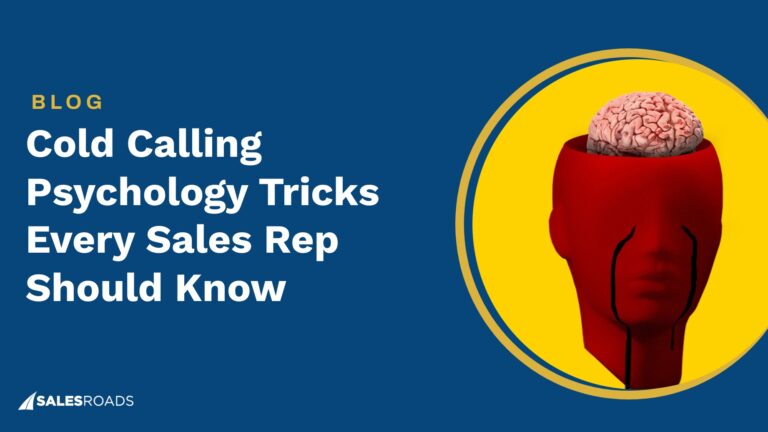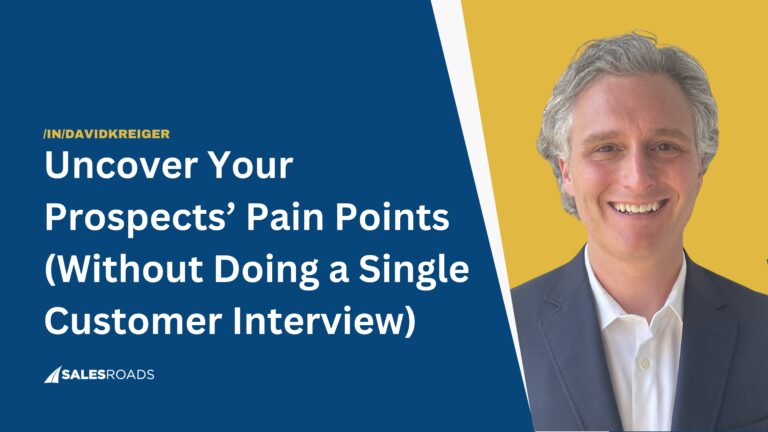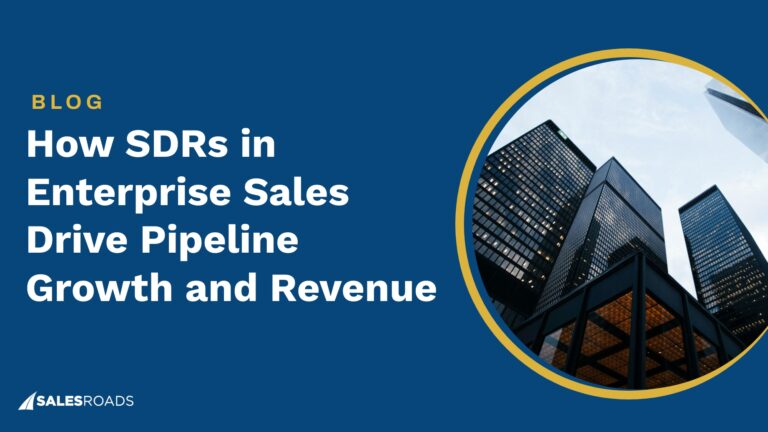B2B lead qualification is the process of identifying potential customers who are a good fit for your product or service. It’s a crucial step in the sales process that helps your sales team focus their efforts on qualified leads that are most likely to convert into sales.
The Role of Lead Qualification
Lead qualification acts as a critical filter within your sales funnel, separating promising leads from those unlikely to convert. By implementing a structured lead qualification checklist, you empower your sales reps to prioritize their efforts on the most qualified leads.
This targeted approach streamlines the sales process by focusing on prospective customers with a high level of engagement and a strong fit for your offerings. This allows your sales team to prioritize leads with the greatest likelihood of conversion.
Through inbound lead qualification, you can ensure your efforts generate leads that are a good fit for your sales funnel. This not only improves conversion rates but also frees up valuable resources for your sales reps to nurture qualified leads and deliver a superior customer experience.
Qualified vs. Unqualified Leads
Distinguishing between qualified and unqualified leads is paramount for optimizing sales efforts and maximizing conversions.
Qualified leads typically meet the criteria outlined in your lead qualification checklist. These leads often demonstrate a strong level of engagement with your campaigns and possess characteristics that align with your ideal customer profile.
This may include factors like company size, current solutions they use, and their decision-making process). These qualified leads represent prospective customers who are a good fit for your B2B company’s offerings and have a high likelihood of conversion.
Unqualified leads, on the other hand, may not be a good fit for your product or service. They might lack the budget, or decision-making authority, or simply be in the wrong industry. While some unqualified leads can be nurtured into qualified leads over time, focusing on qualified leads from the outset allows your sales reps to prioritize their efforts and maximize conversion rates.
What is a Sales-Qualified Lead (SQL)?
Within the B2B lead qualification process, an SQL emerges as a lead who has progressed through initial qualification and is now considered a high-quality lead (promising lead) for your sales team.
These leads have been vetted against your lead qualification checklist and exhibit a strong level of engagement with your brand.
SQLs typically demonstrate a clear need for your product, and their characteristics closely align with your ideal customer profile. Most importantly, they have shown a likelihood of conversion by expressing a buying interest or budgeting for a solution like yours.
Qualifying inbound leads ensures a steady stream of SQLs are passed from your sales team, ultimately contributing to a more streamlined sales process and a positive customer experience.
How to Qualify B2B Leads?
Effective B2B lead qualification is the cornerstone of a successful sales funnel. Here’s how to identify those promising leads most likely to convert into customers:
Develop a Lead Qualification Checklist
This document serves as a blueprint for identifying ideal leads. It should encompass key firmographic and demographic details that paint a clear picture of your perfect customer.
Consider including: Your ideal customer profile and buyer personas, needs and challenges that they face, their budget, and decision-making process.
Ask Qualifying Questions
Engage with potential customers through calls, emails, or demos to gain a deeper understanding of their situation. Here are some key questions to ask:
- What are your biggest challenges related to [your industry/problem you solve]? – This helps uncover their specific needs and how your solution can address them.
- What is your current solution for [the problem you solve]? – Understanding their existing solutions reveals potential gaps and opportunities for your product.
- Who is involved in the decision-making process for a solution like ours? – Identifying key decision-makers helps you tailor your communication and focus on the right individuals.
- What is your typical timeline for making a purchasing decision? – Knowing their buying stage allows you to prioritize leads closer to conversion and nurture those still in the research phase.
Align with the Buying Stage
Not all leads are created equal. Understanding where the lead is in their buying journey is essential for prioritizing your efforts. Here are the common buying stages:
- Awareness: The lead is just becoming aware of their problem and potential solutions.
- Consideration: The lead is actively researching different solutions and evaluating options.
- Decision: The lead is comparing specific solutions and narrowing down their choices.
By aligning your lead nurturing efforts with their buying stage, you can provide relevant information and move leads closer to conversion.
Bottom Line
By implementing a structured B2B lead qualification process, you can leverage tools like lead qualification checklists and inbound lead qualification techniques to identify high-quality leads. This targeted approach allows your sales reps to focus on the most promising leads, ultimately boosting conversion rates and maximizing sales efficiency.
Remember, effective B2B lead qualification is the cornerstone of a successful sales funnel.




